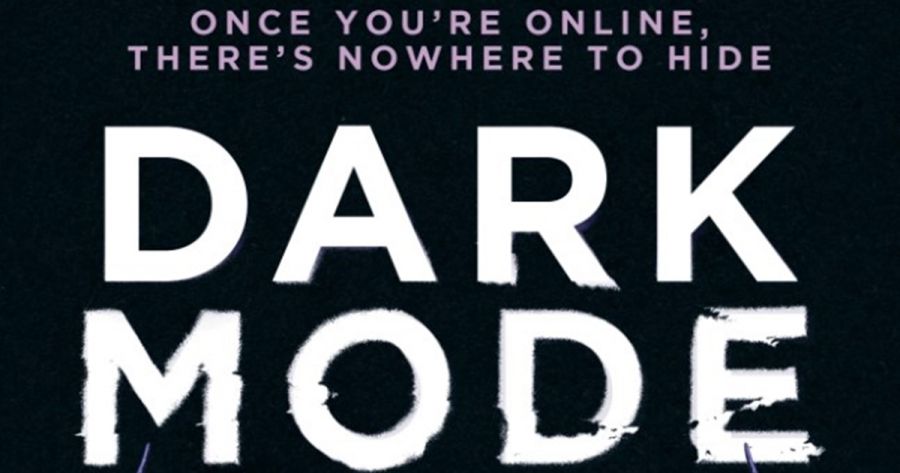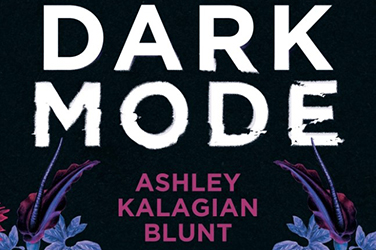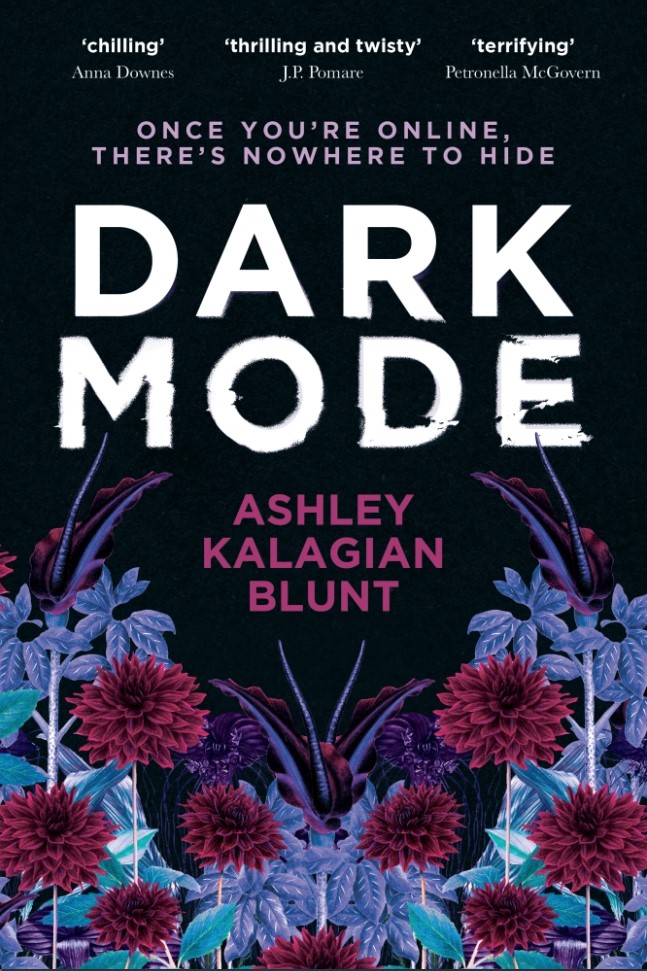
- Free Article: No
- Contents Category: Fiction
- Review Article: Yes
- Article Title: The wider web
- Article Subtitle: A topical début thriller
- Online Only: No
- Custom Highlight Text:
An early-morning jogger. An alleyway. A young woman’s mutilated body. A set-up familiar enough to warrant its own Television Tropes category (‘Jogger Finds Death’). Yet before catching sight of the latter-day Black Dahlia being pecked at by ibises somewhere off Enmore Road, unlucky passer-by Reagan Carsen is caught in a spider’s web: a simple but effective visual metaphor for the wider web that connects her to the first victim of the fictional ‘Sydney Dahlia’ serial killings.
- Featured Image (400px * 250px):

- Alt Tag (Featured Image): Laura Elizabeth Woollett reviews 'Dark Mode' by Ashley Kalagian Blunt
- Book 1 Title: Dark Mode
- Book 1 Biblio: Ultimo Press, $34.99 pb, 389 pp
- Book 1 Cover Small (400 x 600):

- Book 1 Cover (800 x 1200):

Despite Dark Mode’s lurid opening, readers drawn to the promise of dark-web intrigue may find its fulfilment slow, as Blunt takes her time world-building and establishing her protagonist’s backstory. Reagan is a well drawn if unorthodox inner-city twenty-six-year-old: bankrolled by her emotionally withholding mother, she runs an ailing hipster plant shop, lives alone, and has few contacts. She is also scarred by a mid-noughties chatroom relationship gone wrong, to the point of opting to use a dumbphone, pay in cash, and have no personal email address. That is, until business concerns and the polite encouragement of digital marketing whiz love interest Bryce cause her to let down her guard.
Bryce is simultaneously bland and too-good-to-be-true. ‘He was almost attractive, though something was a touch off […]. The dimensions of his face, maybe,’ Reagan observes upon their coincidental first meeting, days after her sighting of the corpse. While we are clearly not meant to trust Bryce, Reagan tentatively does, out of some ineffable combination of hope, loneliness, and vulnerability. Their tepid courtship is rife with tension, as Reagan is torn between caution and the desire to open up. Blunt expertly captures the double bind of intimacy in the shadow of trauma, and it is through Reagan’s relationship with Bryce, and the self-talk and second-guessing surrounding it, that she becomes most plausible.
Aside from Bryce, Reagan’s only intimate connection is with Min Lee Chasse, a friend made during an exchange year in Korea while Reagan was fleeing the horrifying aftermath of her teenage chatroom experience. Min is older and, by Reagan’s own admission, ‘a hundred times more together’ than herself, with a loving husband, a live-in mother, two young children, and a stylish, colourful wardrobe. She is also, conveniently, a true crime author: a narrative expedience that allows her to educate the naïve Reagan on everything from the 1947 murder of Elizabeth Short to online child porn rings, and to draw on a network of detectives, reporters, and hackers when necessary.
Acceptance of Min as a character and of her friendship with Reagan requires a level of suspended disbelief on par with the novel’s central conceit, of a Black Dahlia copycat serial killer operating in Sydney in 2017. Min often seems more like an expositional device than a living, breathing human with complex motivations and frustrations of her own, and the dynamic between the two women can seem one-dimensional: Reagan is squeamish, Min has a cast-iron gut; Reagan is clueless, Min is a mine of information; Reagan needs help, Min is available. While early on some mention is made of lapsed contact between the women, along with Reagan’s feelings of displacement after Min marries and has kids, in practice, Min is exceptionally present and accommodating of her out-of-touch young friend for a busy mother of two with a thriving career and wide social circle.
Why and how this exchange-year friendship survives despite clashing interests and life stages is never satisfactorily answered. Nor is the question of what Min sees in Reagan. Their relationship gains some verisimilitude partway through the book, when Min confronts Reagan about concealing information. Yet this is a rare moment of push-back. If less emphasis had been placed on Min’s superwoman qualities, and more time devoted to exploring the inbuilt tensions of adult female friendships, as well as fleshing out Min’s attachments and motivations beyond helping Reagan, Min’s large role in the narrative and its denouement would have had more emotional resonance.
In spite of these shortcomings, the second half of the novel succeeds in delivering a series of narrative sucker-punches, in which the intersection between online abuse and real-life violence against women is starkly demonstrated. It is a rich subject, for which Blunt elegantly sets up the possibility of future explorations with her final cliffhanger. If not always convincing, Dark Mode is a captivating and topical crime début that exposes – in the tradition of many great thrillers, from The Stepford Wives to Gone Girl – how deeply some men hate the women who share their beds.


Comments powered by CComment